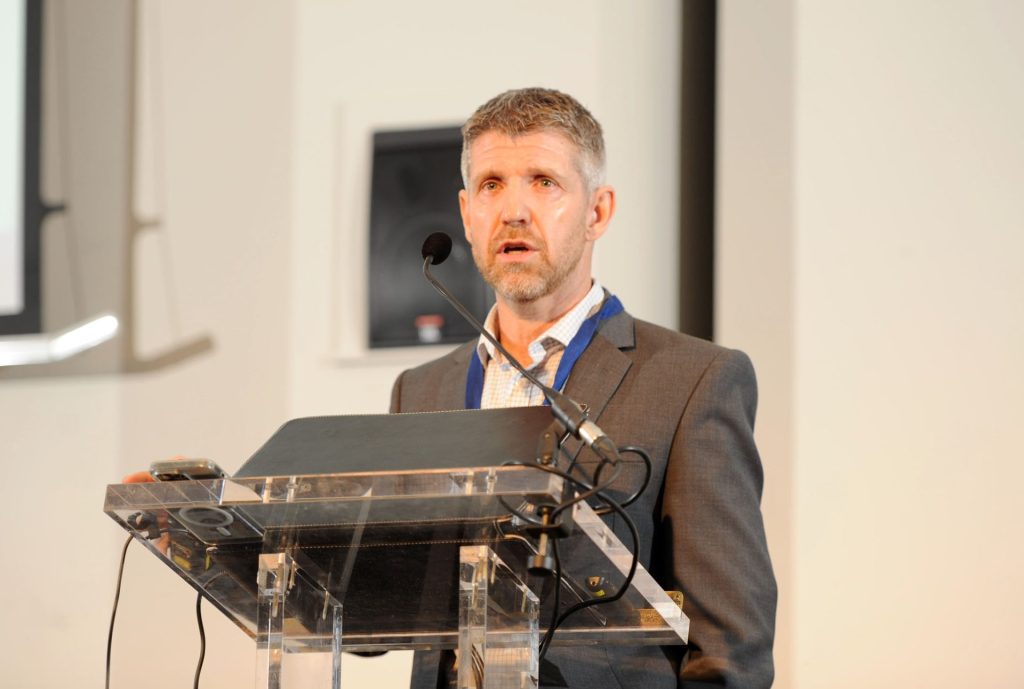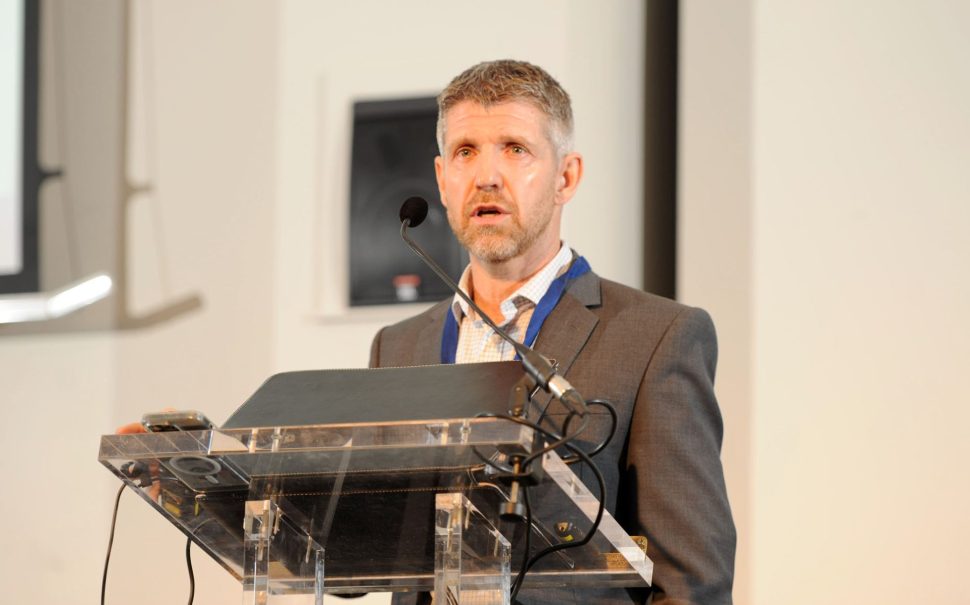EMDR, the therapy spotlighted by celebrities like Prince Harry, Jameela Jamil and Miley Cyrus for its remarkable success, has been gaining momentum in the UK.
London-based graphic designer, Ana Ivanov, credited Eye Movement Desensitization and Reprocessing (EMDR) therapy for helping her recover from a sudden onset of disturbing memories from her childhood, which she described as “debilitating” and “unbearable.”
She recalled: “I couldn’t complete everyday chores without being crippled by memories”
“I felt like I was back in that time and that it would never stop.”
Ivanov was desperate to understand what was happening and after conducting online research, the graphic-designer sought out a local EMDR therapist.
After twelve sessions with her therapist, Ivanov described the results as “nothing short of a miracle.”
She was able to resume daily activities, interact with friends and continue working without being triggered by these memories.
Hayley Irving-Law, Accredited EMDR Trauma Therapist and Psychosexual Therapist, has been trained in EMDR for seventeen years.

She initially worked for the NHS as a general nurse and later as a psychiatric nurse before starting her own private practice.
Irving-Law explained: “At the time of the trauma, the brain becomes quite overwhelmed and the trauma sits isolated in the limbic system so the brain and the body cannot process it”
“It’s a little bit like a filing cabinet so while things are in the brain as trauma, parts of it can’t be filed away so bits of it are flying around the brain”
“They’re what usually come back as flashbacks.”
Through her years working in psychiatric settings, she observed that traumatic experiences underpinned a range of different medical conditions from recurrent anxiety disorders to depression.
Despite this clear common denominator, trauma was rarely the focal point of treatment methods such as Cognitive Behavioral Therapy (CBT) and counseling psychotherapy.
EMDR therapy was introduced in 1987 by American psychologist Francine Shapiro who discovered the therapy technique while walking in the park.
She observed that side-to-side eye movements helped reduce the anxiety associated with negative memories.
Shapiro combined the eye movements with cognitive elements, which resulted in the EMDR psychotherapy as it is practiced today.
Irving-Law recalled the skepticism towards EMDR therapy during her time in the NHS, until the Grenfell tower fire.
She pointed to the the fatal structural fire that took seventy-two lives as a catalyst for shifting attitudes towards the administration of EMDR therapy in London given its efficacy in treating a high volume of traumatised patients.
Irving-Law emphasized: “The research demonstrates again and again that there is no other treatment that matches EMDR in treating trauma because once it’s done, it’s done.”
She highlighted one client who had been through countless rounds of CBT and treated for resistant depression and sexual dysfunction for several years.
Within four sessions of EMDR, her symptoms were completely resolved.

Matthew Wesson, President of the EMDR Association UK, shared his introduction to EMDR therapy, and why it has proven to be an effective treatment for trauma.
Wesson served in the military for 21 years and was the second person in the UK military trained in EMDR. He witnessed the therapy evolve as a predominant model for Post Traumatic Stress Disorder (PTSD).
While Wesson trained in both CBT and EMDR, he was more drawn to the latter.
Wesson said: “If there is trauma hiding behind a diagnosis, EMDR is most effective at tackling it”
“If you’ve got social anxiety because you’ve been ridiculed and bullied at school, it was stored in your nervous system and your body so now when you try to present at work, you get really sweaty”
“What EMDR would do is help your brain reprocess that memory from your childhood.”
Recent reviews commissioned by the National Institute for Health and Clinical Excellence (NICE) corroborated the effectiveness of EMDR therapy.
NICE, an internationally respected independent organisation that provides guidelines for the NHS, indicated that EMDR therapy is “the most clinically effective and cost-effective treatment for PTSD.”
Wesson explained how lack of funding for EMDR research in comparison to other models and the politicisation of the issue have played a role in accessibility to EMDR therapy in the UK.
He said: “What you tend to find if you look behind why CBT has so much evidence is that it produces so much research but it’s not necessarily the best model, it’s the most researched model.”
“The NHS limit the use of EMDR because of lack of evidence, where the collection of this evidence is slightly embedded in politics.”
Wesson shared that 95% of research into combat-related PTSD treatment is funded by the Department of Defence in the United States and their “huge unbelievable budget” is largely poured into trauma-focused CBT research as they have already trained thousands of therapists in CBT.
Ivanov’s firsthand experience with EMDR alongside Irving-Law’s and Wesson’s expertise in the field bolsters the case for improving accessibility to EMDR therapy in the UK.
Image credit: EMDR Association UK





